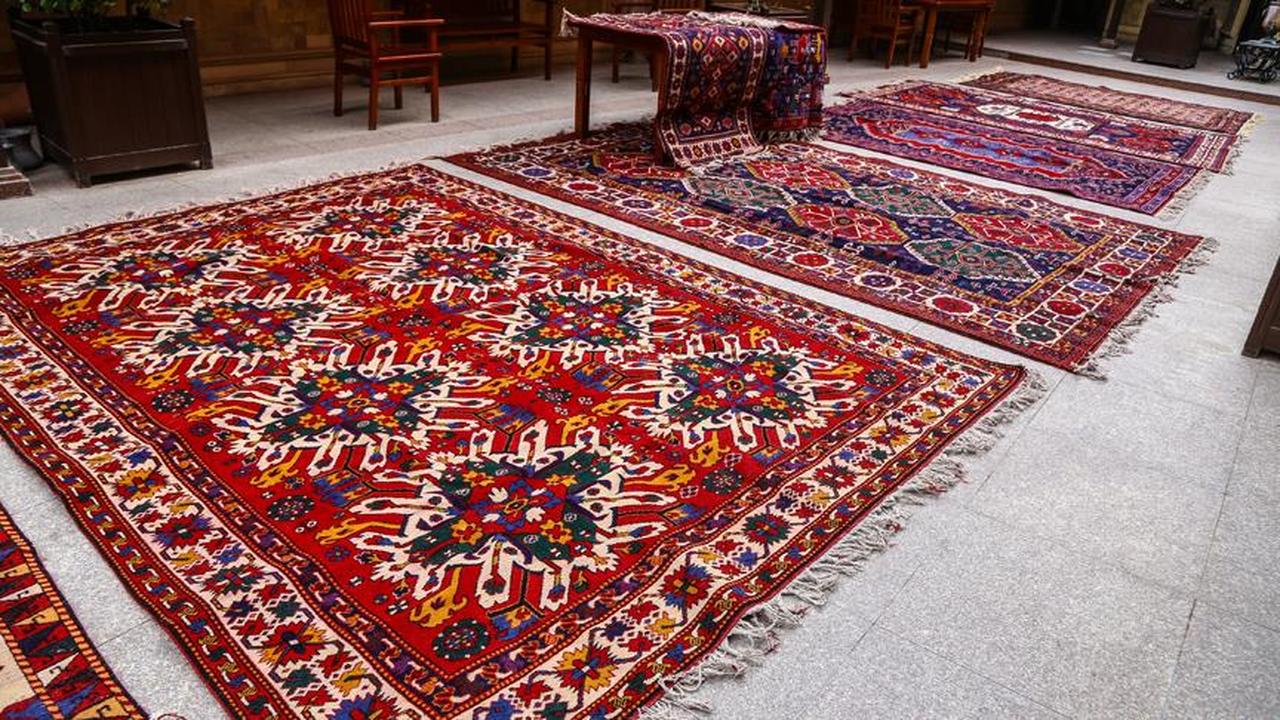
Each year on May 28, Azerbaijan commemorates its Republic Day, the anniversary of the founding of the first secular democratic republic in the Muslim world in 1918. Led by visionary statesman Mammad Amin Rasulzade, the Azerbaijan Democratic Republic (ADR) lasted only two years before Soviet occupation, but it laid the foundation for modern Azerbaijani statehood.
Rasulzade’s famous words, “Once raised, the flag will never fall,” continue to echo in the nation’s consciousness. While the day marks a political turning point, the spirit of independence runs deeper, embedded in Azerbaijan’s rich culture. In handwoven textiles, ancestral songs, and even the fruit adorning holiday tables, Azerbaijan tells a story of freedom not just won, but lived.
Azerbaijan’s musical heritage is rich and complex, and at its core is "mugham," a traditional, improvisational style of music that is difficult to define simply. Deeply spiritual and emotionally charged, mugham blends poetry, melody and modal scales to produce a sound that is at once ancient and timeless.
Historically performed in intimate gatherings and spiritual ceremonies, mugham is more than entertainment; it is a cultural vessel that has carried philosophical and emotional truths across centuries. Performers train for years to master mugham's unique vocal techniques and intricate musical dialogues, often accompanied by instruments such as the tar (a long-necked lute), the kamancha (a bowed string instrument), and the daf (a type of frame drum).

During the Soviet era, mugham was marginalized, viewed as an archaic and religiously influenced activity. But the music never disappeared; it went underground into private homes and hearts, where it quietly persisted. Since independence, mugham has been proudly reintroduced into the public sphere. It is now taught in conservatories, featured in festivals and even fused with Western jazz to form one of Azerbaijan’s most unique musical exports: jazz mugham. On Republic Day, mugham often features in public concerts and television programs, a sign not just of remembrance but of cultural pride.
Nowhere is the connection between cultural heritage and national identity more evident than in the country’s carpets. Azerbaijan’s carpets are not mere floor coverings; they are maps of memory. Each knot, color and symbol has meaning. Patterns passed down through generations speak of protection, pristine, strength and connection to the land.

In towns like Quba, Ganja and the historic region of Karabakh, an area that holds deep emotional resonance for Azerbaijanis, carpet weaving is more than an art form. It is an act of preservation. During the Soviet era, carpet-making was systematized and in some cases stripped of regional identity. Yet the tradition survived in homes and small workshops. After Azerbaijan regained independence in 1991, the revival of regional styles became a symbol of reclaiming cultural autonomy.
Today, Azerbaijani carpets are recognized by UNESCO as Intangible Cultural Heritage. Their designs vary by region, bold geometric shapes from Ganja, delicate floral patterns from Shirvan and symbolic motifs from Karabakh.
If one symbol captures the essence of Azerbaijani identity its resilience, abundance and unity it is the pomegranate. This ruby-red fruit, bursting with tightly packed seeds, holds a special place in Azerbaijani culture. It is featured in art, mythology, food and even diplomacy.
In Goychay, the heart of pomegranate country, orchards stretch for miles and annual festivals celebrate the fruit with music, dance and culinary contests. But its significance extends beyond agriculture. The pomegranate symbolizes unity in diversity, each seed distinct yet bound together within one skin. For a country situated at the crossroads of East and West and home to a rich tapestry of languages, ethnicities and religious traditions, the metaphor is powerful.

During Republic Day celebrations, pomegranates find their way into both sweet and savory dishes. They are used to garnish traditional meals, flavor drinks and even serve as motifs in decorative patterns. The fruit’s image appears in local crafts and literature as a symbol of life, renewal and interconnectedness.
Republic Day is more than a historical commemoration; it is a cultural affirmation. While parades and official speeches recall the political achievements of 1918, the heart of the celebration is found in the enduring traditions that continue to define Azerbaijani life. Whether in the patterns of a hand-woven carpet, the lingering notes of mugham, or the sweet-sour taste of a ripe pomegranate, Azerbaijan’s independence is not only preserved in archives, it is alive in the hands, voices, and tables of its people.